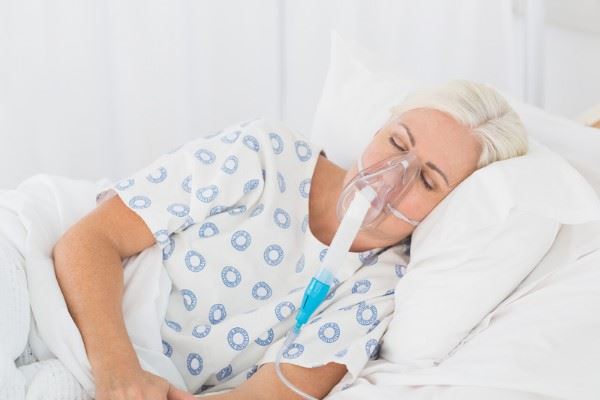-
Home
-
The Best Position for Pneumonia Patients
The Best Position for Pneumonia Patients
June 27, 2023

Pneumonia is an acute respiratory condition that can be life-threatening if not treated promptly. It is a lung infection that occurs due to inflammation of the air sacs in one or both lungs, causing them to fill with fluid or pus. This condition makes breathing difficult and can cause severe chest pain.
Positioning a pneumonia patient plays a crucial role in improving oxygenation levels, promoting lung expansion, and reducing pressure. In this blog post, we will discuss the best positions for pneumonia patients and the importance of positioning during the recovery process.
Prone Position
Prone positioning, in which a patient lies facedown, is beneficial for patients with pneumonia as it helps shift the fluid away from the back of the lungs, allowing more air to enter. It also improves ventilation in the lungs and reduces the risk of lung collapse
A study conducted on patients with Acute Respiratory Distress Syndrome (ARDS), which is a condition closely correlated with pneumonia, showed that the prone position improved oxygenation levels, decreased mortality rates, and reduced complications. When proning patients take care to support bony prominences. Soft bolsters can help with positioning.
When positioning a pneumonia patient in prone, consider using positioners or supports to increase comfort. SkiL-Care™ Ultra-Soft Bed Bolsters are versatile positioners filled with fluffy spun fiber that provide additional comfort and pressure relief.
Lateral Position
Lateral positioning, in which the patient lies on one side, is recommended for patients suffering from pneumonia in just one lung. In this position, the pneumatic lung is exposed to a higher blood flow, resulting in greater oxygenation levels and improved lung expansion.
This position can also help prevent lung injury by helping regulate pressure and improve aeration. In fact, one study found that the lateral position resulted in significantly less overdistension and collapse of the lungs in patients with respiratory conditions when compared to the supine position.
The use of positioners and supports is recommended when positioning a patient in lateral. AliMed® Body Positioning Wedges are used for side-lying support and trunk stabilization to maintain positioning help prevent pressure injuries, keeping shoulders and hips properly aligned for greater comfort. Tuff-Coat™ Coating helps resist the growth of bacteria and viruses, making them safe for multi-patient use.
Elevating the Head of the Bed
Elevating the head of the bed is also an effective way to improve lung expansion and oxygenation levels in pneumonia patients. This position also helps eliminate airway obstruction, reduces pressure on the lungs, and promotes drainage of fluids from the lungs. It is also known to help facilitate easier breathing.
One study conducted on patients with pneumonia who were put on mechanical ventilators revealed that elevating the head of the bed by 30 to 45 degrees can effectively prevent the development of ventilator-associated pneumonia.
On a traditional bed, elevating bed wedges can help to achieve the desired level of head elevation. SkiL-Care™ Elevating Bed Wedges are more effective than pillows or rolled towels, resisting slipping and providing secure positioning. Additionally, the removable cozy cloth cover reduces friction and shear.
Positioning plays a significant role in managing pneumonia and preventing further complications. Proper positioning helps open the airways, enhances oxygenation, and reduces lung injury caused by the accumulation of fluids, helping facilitate successful outcomes for pneumonia patients.
For more information on the benefits and techniques of Prone and other positions in bed, click here.